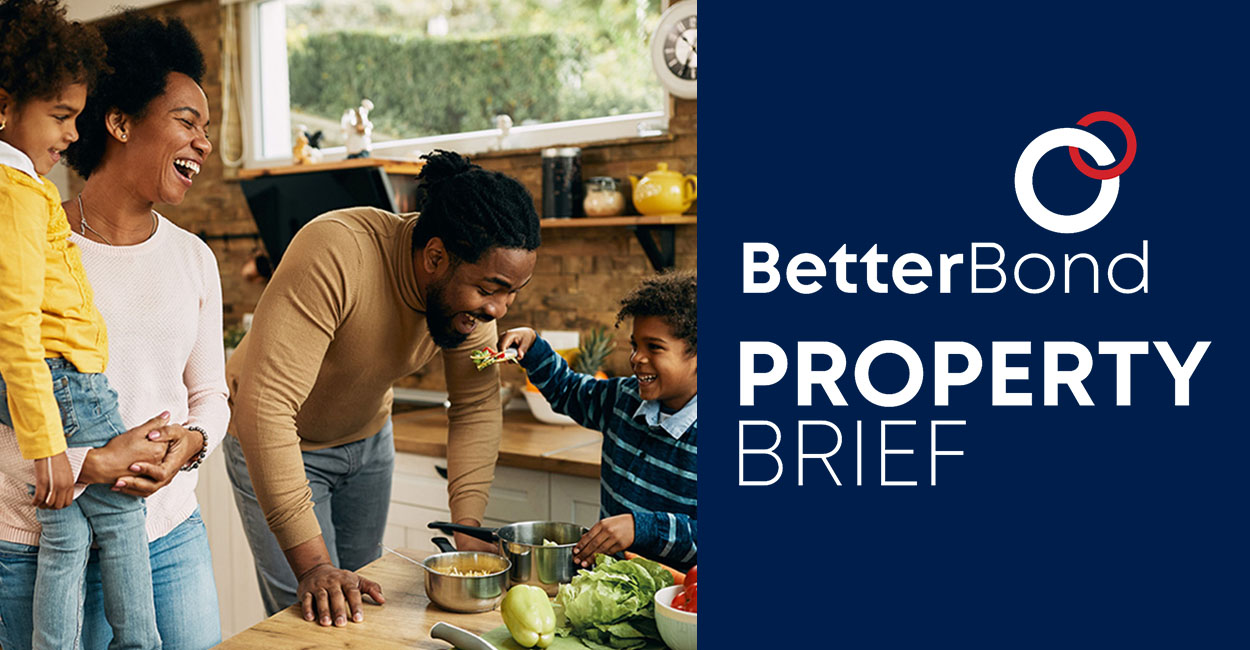MAIN IMAGE: Meyer de Waal, director of MDW Inc. Attorneys
Property experts are forecasting that the lower end of the property market will continue to see brisk activity this year. The FLISP government subsidy can go a long way to helping first-time homebuyers in the lower income bracket realise their dream of owning a home of their own.
The Finance Linked Individual Subsidy Programme (FLISP) was introduced in 2012 by government to assist the growing group of first-time homebuyers in the so-called ‘gap’ market – meaning those who are ‘too rich’ to qualify for a RDP home but ‘too poor’ to easily buy a home of their own without some form of financial help.
The scope of the FLISP programme was enlarged last year to make it accessible to more first-time homebuyers. People who qualify can now apply for a FLISP subsidy from R27 960 up to R121 626 that can be used to pay the home loan deposit or to decrease the size of the home loan.
“If one follows correct steps to apply, the subsidy can go a long way to assisting a first-time buyer in what could be a very financially stressful time when buying a home, says Meyer de Waal, director of MDW Inc. Attorneys, one of the founding members of the Attorney Realtor Hub and FLISP assistance services.
This subsidy is open to those who earn between R3 501 and R22 000 per month (combined gross household income) and who meet the qualifying criteria. The home loan of the buyer must first be approved, and the buyer must be a South African citizen and be married, co-habiting or single with a dependent. The new buyer must never have benefitted from a similar subsidy before; e.g. an RDP house.
Many first-time homebuyers will in most cases first find a property and sign all the legal documents to secure the property, and then start the process to find out if they qualify for a home loan and a FLISP subsidy.
“Start at the “back” – which actually ought to be the first step for any home buyer,” explains de Waal. “Most home buyers first find a property and then the “worry” starts for how much they will qualify. We first look at the financial side – and only then to find a property that matches your budget”, says De Waal.
“If the applicant is a first-time buyer, the first thing to do is find out if he or she qualifies for this subsidy, then follow the rest of the application process steps listed below,” says Verna Pugin of CM2 Group who heads the FLISP service as a private service to home buyers.
“This might seem like a complicated process and may scare away many first-time home buyers, but we have simplified the process and will guide them every step of the way.”
This is how it works:
- Step 1: Establish if the person would qualify – i.e. FLISP subsidy amount and home loan amount respectively – this is to establish their buying power.
- Step 2: Without an approved home loan, one does not have access to a FLISP subsidy, so this next step requires them to check their credit score to check if they are fit for a home loan.
- Step 3: They then submit their income and expenses to check what their actual affordability is and whether they’d be able to repay the monthly home loan instalments.
- Step 4: Once they have the pre-approval for a bond (home loan), they find a property that they can afford and sign an offer to purchase, using their pre-approval certificate.
- Step 5: They then email the Offer to Purchase to the FLISP office for submission to the banks for a final bond approval. The FLISP support team will apply for the FLISP subsidy as soon as the home loan is finally approved by a bank.
- Step 6: The government will issue a guarantee to the transferring attorneys once the FLISP subsidy is approved.
- Step 7: The FLISP office will communicate with the transferring and bond registration attorneys to pay over the subsidy just before the property is transferred at the deeds office.
As a first-time homebuyer who qualifies for FLISP, all legal fees attached to the transaction can be paid from this subsidy.
An online home loan FLISP affordability calculator is available on the FLISP website, www.FLISP.co.za. Buyers should also check their financial health, and what bond they qualify for through https://FLISP.mybondfitness.co.za








